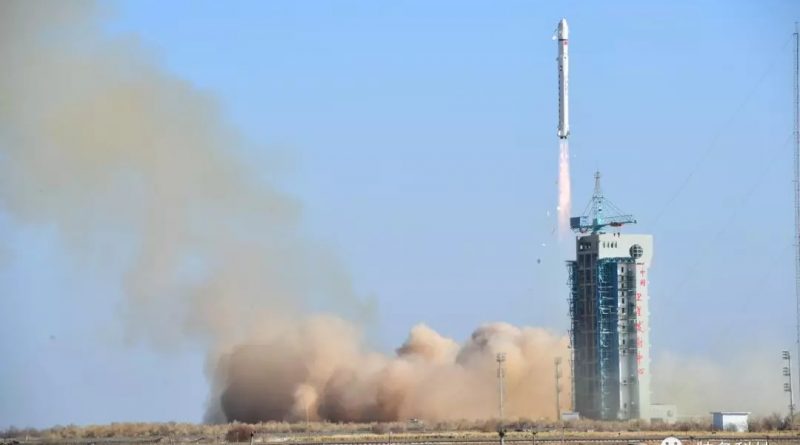Third Chinese Launch of the Week Deploys LKW-3 Land Survey Satellite
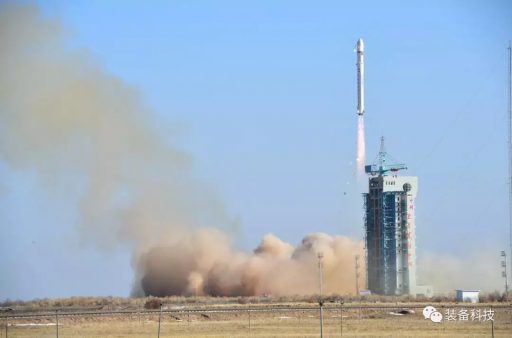
China conducted its third space launch in a span of just over four days on Saturday, involving a Long March 2D rocket lifting off from the country’s Jiuquan Satellite Launch Center to dispatch the third satellite in the LKW Land Survey Constellation into orbit. Liftoff took place at 7:10 UTC, according to official Chinese media, and launch success was declared by Chinese space officials.
China is setting an exceptionally high launch pace right out of the gate, heading into what is expected to be the country’s busiest space flight year to date. 2018 is not even two weeks old and all three of China’s inland launch sites already supported one orbital mission: a Long March 2D blasted off from Taiyuan on Tuesday and successfully lifted a pair of SuperView Earth-imaging satellites to orbit to join the commercial imaging constellation operated by SpaceView.
This was followed on Thursday by a heavy-lift mission of China’s Long March 3B from the Xichang Satellite Launch Center, deploying the next two Beidou-3 navigation satellites as the first pair of over a dozen satellites joining the constellation this year, expected to reach initial operational capability before the end of 2018.
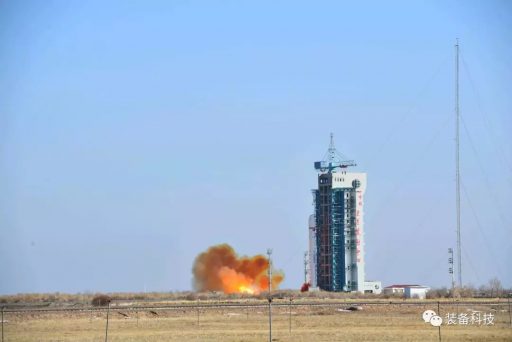
Saturday’s mission lifted the third in the Ludikancha Weixing series of very high-resolution imaging satellites.
The Ludikancha Weixing system was inaugurated on December 3rd when a CZ-2D rocket deployed the first satellite of the constellation into an orbit of 488 by 504 Kilometers, 97.46° for the official purpose of “remote sensing exploration of land resources.” However, as has been the case for previous missions by the Chinese, there was the immediate suspicion that the mission, in reality, was of military nature and only flying under the cover of land surveying – especially since China has apparently stopped using the Yaogan designation for its optical and radar reconnaissance missions in May 2016 after launching several such craft on a yearly basis for over a decade.
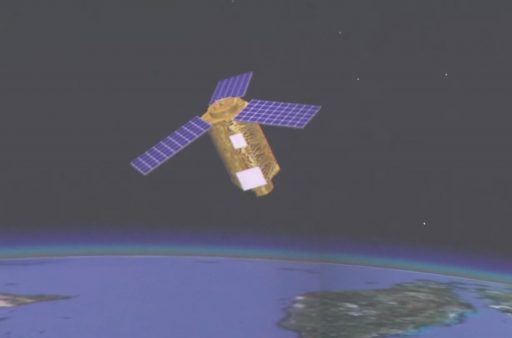
These suspicions were reaffirmed on December 23rd when the second LKW satellite lifted off atop a Long March 2D, indicating the constellation was set for a rapid deployment pace previously only seen in military-operated satellite projects. LKW-2, since its launch, has settled in an orbit of 488 by 503 Kilometers and is flying co-planar with LKW-1 at a perfect phase angle of 180 degrees – setting up the best possible revisit pattern. LKW-1 and 2 operate in Sun Synchronous Orbit with a Local Time of Descending Node at ~10:30 – a typical morning orbit employed for various remote sensing applications.
After the first two LKW Satellites reached orbit, reports emerged that two more were headed uphill in fairly close succession with clues emerging in the form of commemorative stamps and envelopes from the Jiuquan Satellite Launch Center.
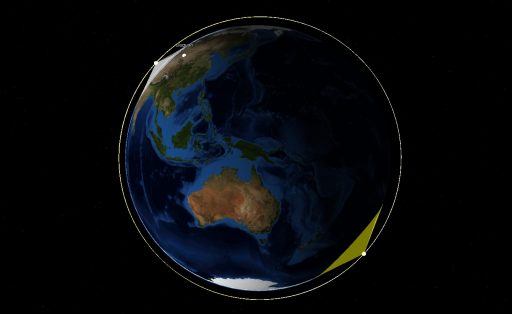
Notices to Airmen issued for Saturday lined up perfectly with the hazard areas identified for the first two LKW launches; however, the timing of the launch – some three hours later than the first two missions – indicated LKW-3 was headed into a different orbital plane – most likely in an effort to set up an afternoon orbit passage for the LKW satellites with a Local Time of Descending Node around 13:30. This would enable the constellation to collect imagery under different illumination conditions. (Logically, LKW-4 due for launch soon, will be expected to orbit at 180° phasing to LKW-3 in the afternoon orbit.)
Update: Orbital tracking data released by the Joint Space Operations Center later on Saturday shows LKW-3 in an orbit of 488 x 503 Kilometers, 97.34° with the expected Local Time of Descending Node at 13:30.
Whether LKW is indeed intended for remote sensing and land surveying or whether it is can extension of the Yaogan reconnaissance satellite fleet is likely to become evident over time based on replenishment of the Yaogan fleet that operates its low-orbiting reconnaissance satellites in very similar orbits in altitude, inclination, and nodal lines. The two programs are also tied through satellite builder CAST that has been responsible for the low-orbiting optical reconnaissance satellites under Yaogan and has also been announced as the manufacturer of LKW.
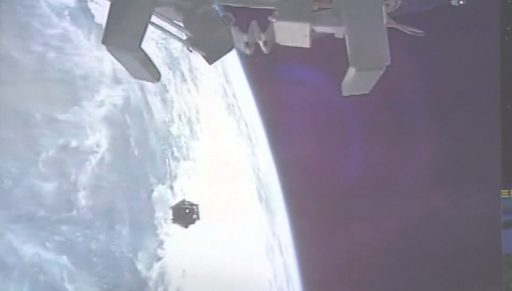
Based on the appearance of the LKW satellites – seen in CGI launch animation and actual video of the first satellite separating from its rocket – they employ a hexagonal satellite body with three deployable solar panels – a design shared by a number of low-orbiting imaging satellites operated by a number of nations as well as private entities.
Judging by their size, the LKW satellites are suitable for telescopes in the 65-centimeter range which, on comparable missions, deliver ground resolutions of up to 0.7 meters for black-and-white imagery and better than three meters for multi-band color and near-infrared imagery. This would be in line with reports that LKW is more advanced than the commercial Jilin video and imaging satellites, capable of a ground resolution of 1.13 meters for panchromatic imagery.
Saturday’s launch was the 263rd flight of the Long March launcher family and the 37th for the Long March 2D variant that debuted back in 1992.
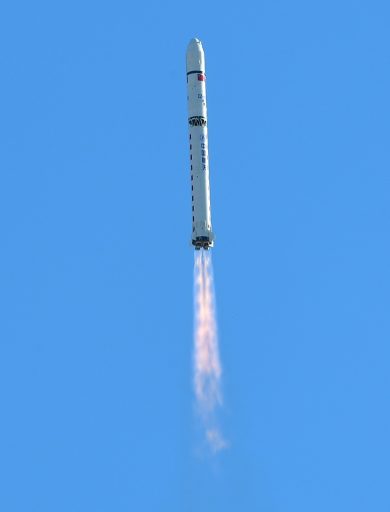
Two more missions are expected by the Chinese in January: the all-solid-fueled Long March 11 is targeting launch around January 19 with a pair of Jilin high-resolution video satellites and Long March 2C has moved forward to a launch target of January 26 for the next Yaogan-30 group supporting electronic intelligence-gathering.
A member of the Long March family, the 2D vehicle was designed as a two-stage version of the Long March 4 launch vehicle, optimized for Low Earth and Sun Synchronous Orbit missions. Up until the December 2016 partial failure on the first SuperView mission, Long March 2D had kept a perfect success record.
CZ-2D is a two-stage rocket standing 41.1 meters tall, 3.35 meters in diameter and weighing around 232 metric tons at liftoff, capable of placing 3,500 Kilograms into Low Earth Orbit and 1,300kg into Sun Synchronous Orbit. Both Stages of the Long March 2D use Nitrogen Tetroxide and Unsymmetrical Dimethylhydrazine as propellants.
For the first 157 seconds of Flight, the vehicle is powered by its first stage, equipped with a YF-21C engine module that provides a thrust of 2,962 Kilonewtons and comprises four clustered YF-20C engines. The stage is 27.9 meters long, 3.35 meters in diameter and filled with 183 metric tons of Unsymmetrical Dimethylhydrazine and Nitrogen Tetroxide Propellants for a total weight of the first stage at launch of 192,700kg.
After first stage burnout and jettison, the second stage starts controlling the flight. The upper Stage is 10.9 meters in length and has the standard CZ-2D diameter, holding around 52 metric tons of UDMH and NTO propellants at launch. The second stage is powered by a YF-24C main engine providing 742 Kilonewtons of thrust and a 47.1-Kilonewton four-chamber vernier engine for attitude control and circular orbit insertion capability. Long March 2D can be outfitted with two different payload fairings to accommodate payloads of different sizes with fairing diameters of 2.9 and 3.35 meters.

